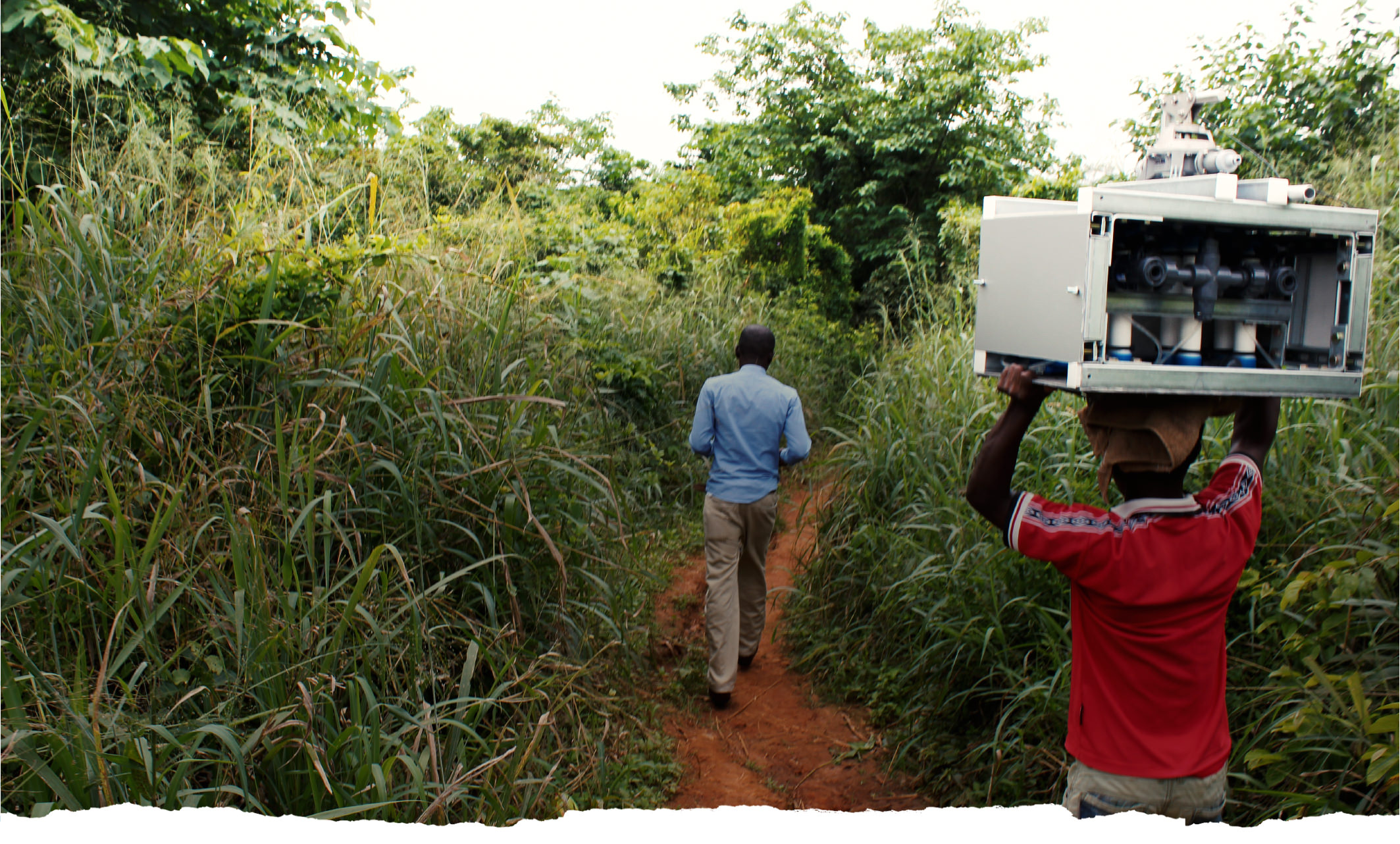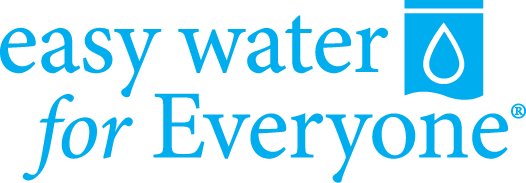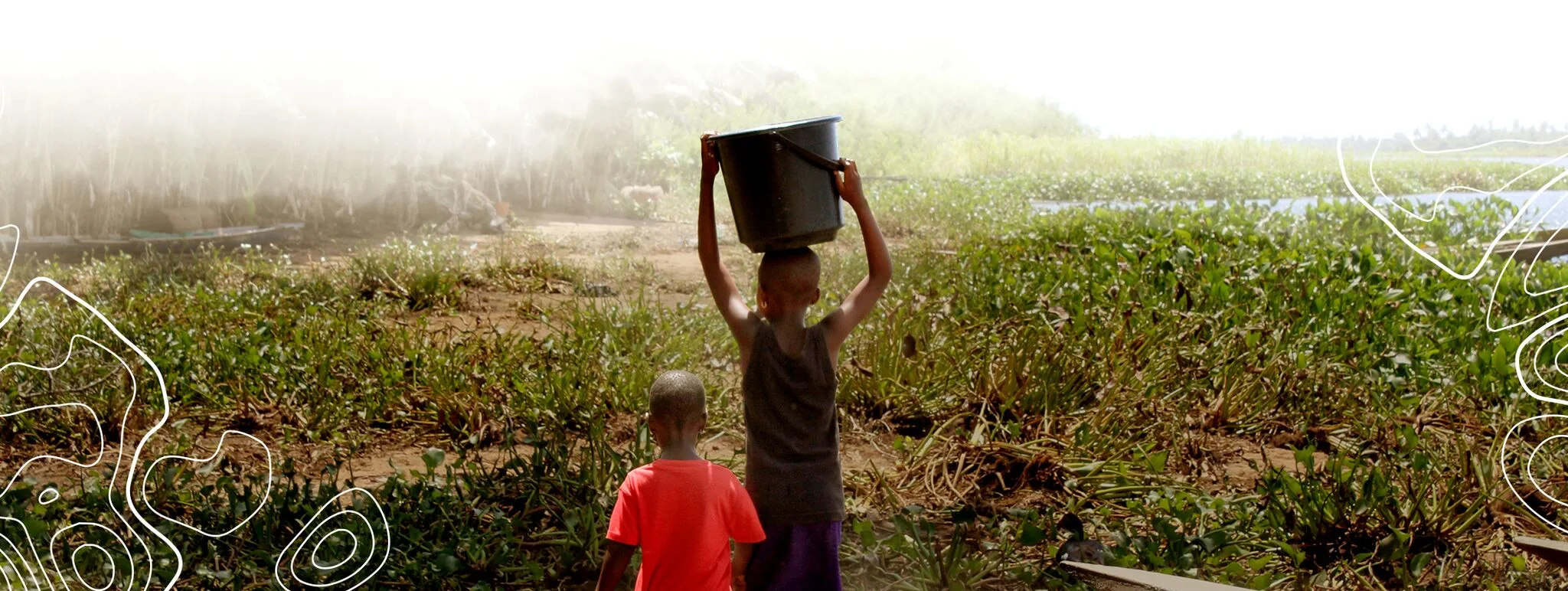A basic problem, common throughout most of Sub-Saharan Africa, is the lack of adequate sanitation facilities. The hard facts are that water in lakes, river, wells and even boreholes is contaminated with viruses, bacteria and parasites primarily affecting children younger than 5 years old. Polluted water source is the most common cause of death in this population. The unique technology used removes all infectious causes of diarrhea resulting in demonstrable improvement in survival and enhancement of health in general.
When a community gets access to clean pure water, it can change just about everything.
Access to clean pure water means education, income, health, and well-being. We are proud to share that our projects have led to immediate positive impacts — learn more about how our system is supporting healthy communities.
Failures in drinking water systems, treatment processes, and distribution networks can often lead to water contamination incidents, some of which result in disease outbreaks. In rural communities, lacking sanitation, fecal contamination of water may result in severe illness, particularly in small children under the age of 5 and recent weaned infants.
This lack of sustainability of water, sanitation and hygiene interventions has devastating consequences for individuals, economies, and the environment, and poses a major obstacle to the universal access to services.

With electricity you can purify water pretty simply. However, most rural communities without electricity are still using untreated surface waters like lakes and rivers as well as contaminated wells and boreholes. Through Easy Water for Everyone and the NUF500 system, residents of these areas can obtain a regular source of safe water for drinking, hand-washing, bathing, cooking, and more.
Contaminated water flows from the right through the filters and free of all pathogens to the left. Periodic backwash is needed to “unclog” the filters. The frequency depends on the presence of sand or dry vegetation. The average seems to be three times per day for 10 – 15 minutes.





